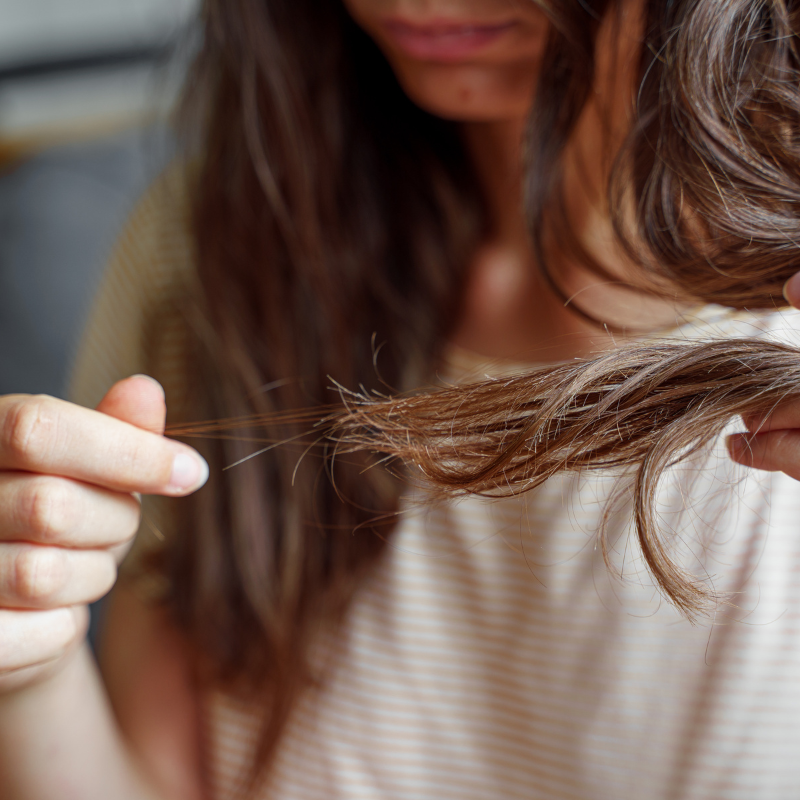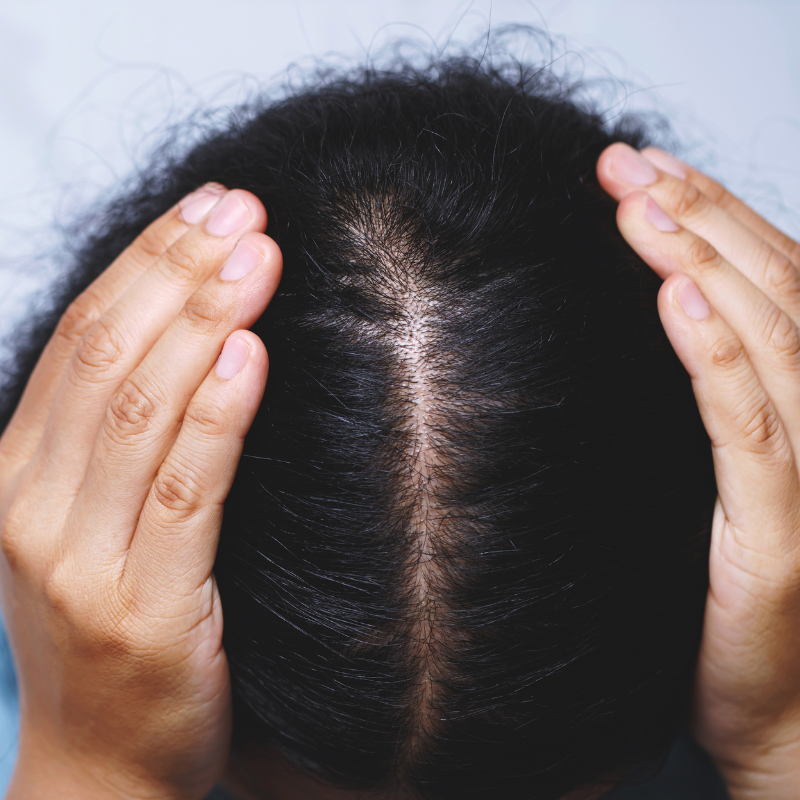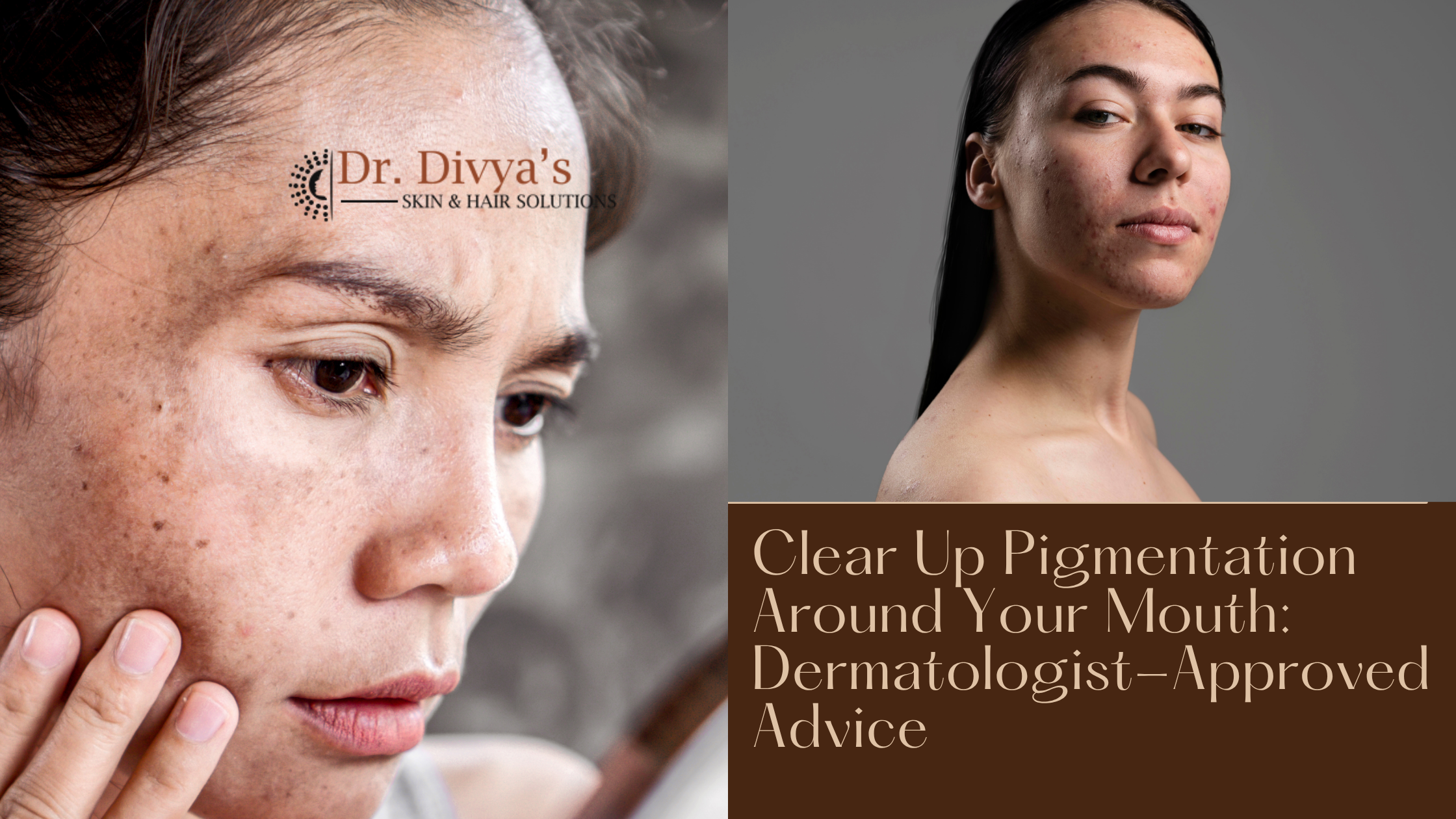Posted date on Oct 09, 2023
We're diving into a topic that many of us can relate to – hair. It's not just a bunch of strands on our heads; it's a part of our identity, our confidence, and our self-expression. But what happens when those locks start to thin and our crown loses its lustre? That's where we come in!
We're going to explore the world of Female Pattern Hair Loss (FPHL), the most prevalent form of hair loss in women. Also known as androgenetic alopecia, FPHL can affect a woman's self-esteem and confidence. Fortunately, there are effective treatments available that can help slow down or even reverse this condition. In this blog, we'll explore the causes of female pattern hair loss and the various treatment options available to address it.
> Understanding Female Pattern Hair Loss
Female pattern hair loss is a hereditary condition that primarily occurs due to genetics and hormonal changes. It typically begins with thinning of the hair around the crown and widening of the hair part. Unlike male pattern baldness, FPHL rarely leads to complete baldness but can still cause significant hair thinning.

> Causes of Female Pattern Hair Loss
-
Genetics: Family history plays a significant role in FPHL. If your mother, grandmother, or other female relatives experienced hair thinning, you may be more susceptible to it.
-
Hormonal Changes: Hormones like androgens, especially dihydrotestosterone (DHT), can affect hair follicles. Women may experience hormonal fluctuations due to pregnancy, menopause, or certain medical conditions, leading to hair loss.
-
Age: Hair naturally becomes thinner as we age, and this process can be accelerated in individuals with a genetic predisposition to FPHL.
> Treatment Options for Female Pattern Hair Loss

-
Topical Treatments: Minoxidil, FDA-approved topical solution is one of the most common treatments for FPHL. You can consult your dermatologist for to decide if Minoxidil can be a topical treatment option that can be added to your treatment regime.
-
Low-Level Laser Therapy (LLLT): LLLT devices use red light therapy to stimulate hair follicles and improve hair growth. They can be used at home or administered in clinical settings. It's advisable to consult with a dermatologist specialising in hair disorders to determine if LLLT is a suitable treatment option based on an individual's specific hair concerns and medical history.
-
Platelet-Rich Plasma (PRP) Therapy: PRP therapy involves drawing a small amount of blood, processing it to isolate platelet-rich plasma, and then injecting it into the scalp. PRP contains growth factors that can promote hair growth. PRP, or Platelet-Rich Plasma, is a component of your blood with concentrated platelets and normal clotting factors. It's rich in growth factors (like EGF, PDGF, VEGF, and IGF) and other proteins. These growth factors promote fibroblast function, new blood vessel formation, and wound healing.
In terms of hair growth, PRP activates and multiplies stem cells in the hair follicle's bulge area, reducing hair loss and enhancing hair thickness. It also improves blood flow to the follicles, leading to thicker hair strands and better hair quality, reducing dryness and frizz.
-
Mesotherapy: Mesotherapy is a medical technique that involves injecting a combination of vitamins, minerals, amino acids, and other active substances directly into the mesoderm, a layer of tissue just below the skin's surface. This targeted delivery of nutrients and bioactive compounds to the hair follicles is designed to stimulate hair growth, improve hair quality, and slow down hair loss.
-
Hair Transplantation: In more advanced cases of Female Pattern Hair Loss (FPHL), when other treatments haven't yielded satisfactory results, hair transplantation becomes a consideration. This surgical approach involves carefully removing healthy hair follicles from a donor area on the scalp, often the back or sides where hair is more resistant to loss. These donor follicles are then meticulously transplanted into areas where hair is thinning or bald.
Once transplanted, these follicles continue to grow hair, which helps fill in the thinning or bald areas, offering a lasting solution. However, it's essential to consult with a specialised hair transplant professional to assess whether you're a suitable candidate for the procedure and to discuss potential outcomes, risks, and benefits. It's important to manage expectations, as it may take several months for the transplanted hair to grow and achieve its final appearance. To understand more about this procedure and to evaluate your options, consult your dermatologist.

> Lifestyle changes that can help you manage your hair loss
Preventing hair loss is a concern shared by many women, and while there are various treatments available, adopting a healthy lifestyle can be a crucial component in maintaining your luscious locks. From a balanced diet to stress management and proper hair care, these practices can contribute to preventing hair loss and fostering strong, beautiful hair.
-
Balanced Diet: Consume a diet rich in essential nutrients like vitamins (especially biotin and vitamins A and D), minerals (like iron and zinc), and proteins, which are crucial for healthy hair growth.
Include plenty of fruits, vegetables, lean proteins, and whole grains in your meals to ensure your body gets the necessary nutrients.
-
Regular Exercise: Engage in regular physical activity to improve blood circulation, which can benefit hair follicles. Exercise also helps in reducing stress, which is a contributing factor to hair loss.
-
Stress Management: Practice stress-reduction techniques such as meditation, yoga, deep breathing exercises, or mindfulness to minimise the harmful effects of chronic stress.
-
Hair Care Routine: Be gentle with your hair. Avoid tight hairstyles, excessive heat styling, and harsh chemical treatments that can damage your hair. Use mild, sulphate-free shampoos and conditioners that are suitable for your hair type.
-
Regular Check-Ups: Consult a dermatologist to address any underlying medical conditions or nutritional deficiencies that may contribute to hair loss.
Female pattern hair loss can be distressing, but with the right approach, it is manageable. It's essential to consult with a dermatologist if you notice significant hair thinning. They can help determine the underlying causes and recommend appropriate treatment options tailored to your specific needs.
Remember that results may vary from person to person, and it may take some time to see noticeable improvements. With the right treatment and care, you can regain confidence in your appearance and enjoy healthier, fuller hair.





